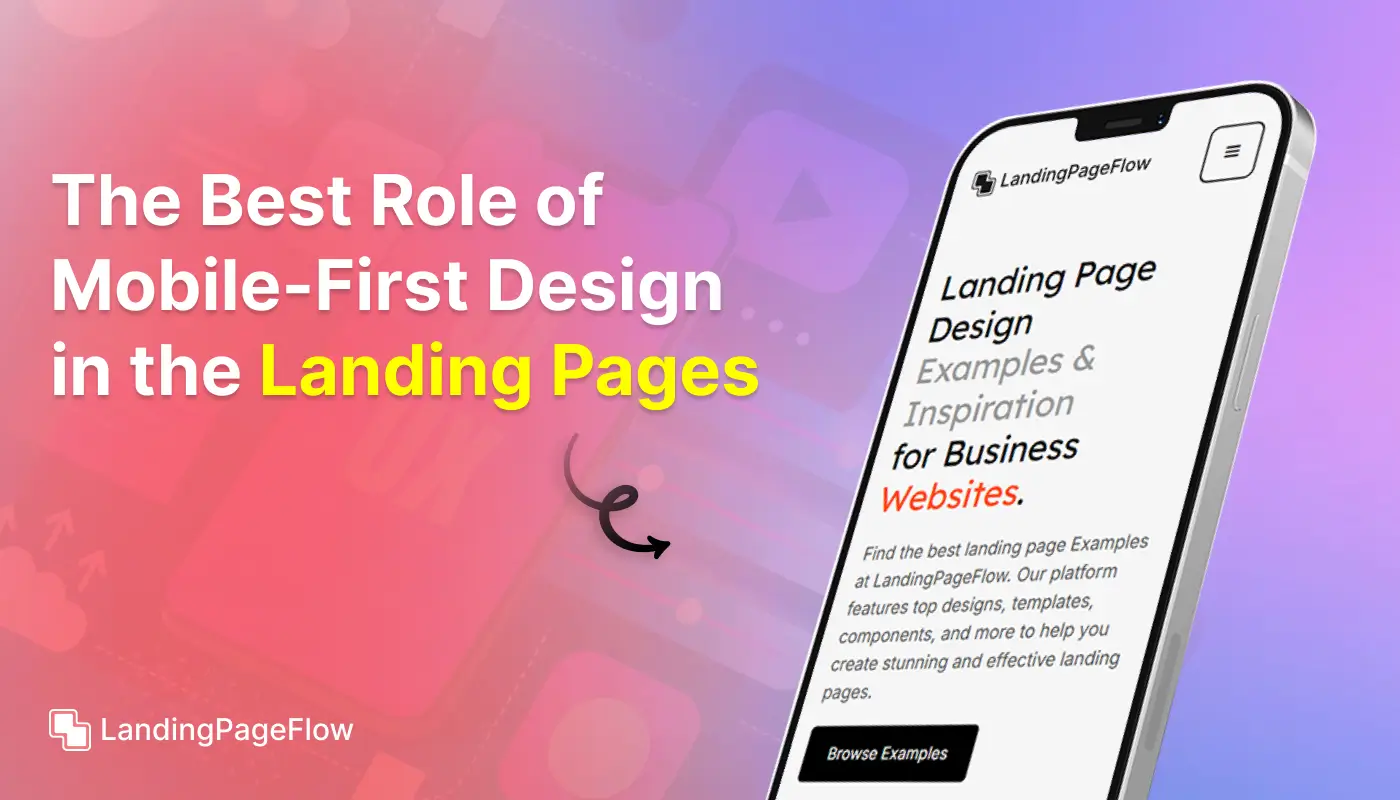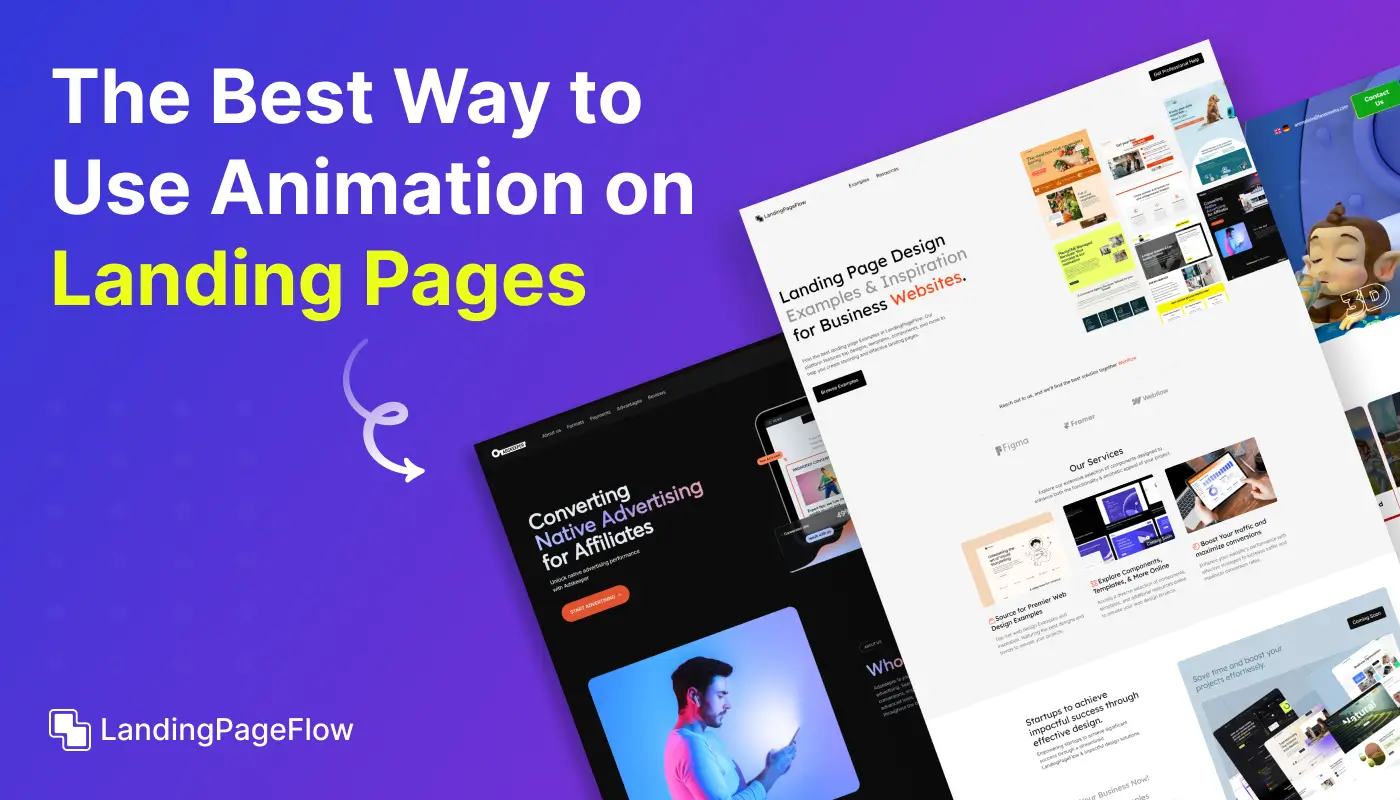Boost Your Business | Creating an Effective Lead Generation Landing Page

August 15, 2025
Strong lead generation pages are the backbone of successful digital marketing. A well-crafted page not only captures attention but also encourages visitors to take immediate action.
The right combination of compelling visuals, persuasive copy, and strategic layout can significantly improve your conversion rates. Your goal is to guide potential customers toward making a decision without overwhelming them.
Clear headlines, benefit-driven messaging, and prominent calls-to-action keep users engaged and focused. Smart use of color, contrast, and whitespace ensures the most important elements stand out.
Page speed, mobile responsiveness, and intuitive navigation further enhance user experience. Every second saved in loading time can mean higher retention and more sign-ups.
Strategic form placement, minimal distractions, and personalized touches can drastically improve performance.
Table of Contents
- What is a Lead Generation Landing Page?
- The Key Elements of an Effective Lead Generation Landing Page
- Clear and Compelling Headline
- Persuasive Copy That Resonates
- Eye-Catching Visuals
- Strong and Actionable Call-to-Action (CTA)
- Minimalist Form Design
- Best Practices For Designing a High-Converting Lead Generation Page
- Mobile Optimization
- A/B Testing and Continuous Improvement
- Leveraging Trust Signals and Social Proof
- Advanced Strategies For Lead Generation Page Optimization
- Personalization and Dynamic Content
- Utilizing Exit-Intent Popups
- Integrating with CRM and Marketing Automation Tools
- Leveraging Analytics to Optimize Your Lead Generation Page
- Key Metrics to Track and Analyze
- Making Data-Driven Decisions for Continuous Improvement
1. What is a Lead Generation Landing Page?

A lead generation landing page is a standalone web page specifically designed to capture the contact information of potential customers in exchange for something valuable, such as a free eBook, webinar access, or a discount.
Unlike a homepage, which serves multiple purposes, a lead generation landing page is focused on one primary goal—converting visitors into leads.
Understanding this purpose is crucial for creating a page that is both effective and efficient.
2. The Key Elements of an Effective Lead Generation Landing Page

Clear and Compelling Headline
The headline is the first element that visitors will notice when they land on your page, so it needs to grab their attention immediately.
Your headline should be clear, concise, and compelling, communicating the value of what you're offering in a way that resonates with your target audience.
For example, "Unlock Your Free eBook on Digital Marketing Strategies" or "Get Exclusive Access to Our Business Growth Webinar" are headlines that clearly state what the visitor will receive, creating an immediate incentive to stay on the page.
Persuasive Copy That Resonates
Once you have captured the visitor's attention with a strong headline, the next step is to engage them with persuasive copy.
Your copy should focus on the benefits of your offer, explaining how it can solve a problem or meet a specific need for the visitor.
Avoid using jargon or overly technical language; instead, aim for clear and concise messaging that is easy to understand.
Bullet points can be particularly effective in making your copy more scannable and highlighting key benefits.
Eye-Catching Visuals
Visuals are a powerful tool for enhancing the appeal of your landing page and reinforcing your message.
High-quality images, videos, or infographics can help illustrate the benefits of your offer and make your page more engaging.
For example, if you're offering a free eBook, including a mockup of the eBook cover can make the offer more tangible and appealing.
Ensure that all visuals are relevant to the content and complement the overall design of the page.
Strong and Actionable Call-to-Action (CTA)
The call-to-action (CTA) is arguably the most important element on your landing page.
It is the gateway through which visitors will convert into leads, so it needs to be clear, action-oriented, and impossible to miss.
Your CTA should use strong, directive language like "Download Now," "Get Started," or "Claim Your Free Offer." The CTA button should stand out visually, using a contrasting color that draws the visitor's eye and encourages them to take action.
Minimalist Form Design
When it comes to lead capture forms, simplicity is key. The fewer fields you include, the more likely visitors are to complete the form.
Typically, asking for a name and email address is sufficient for most lead-generation campaigns.
However, depending on your offer and the value of the lead, you might also consider requesting additional information, such as a phone number or company name.
Just be mindful that each additional field can create friction, potentially reducing your conversion rate.
3. Best Practices For Designing a High-Converting Lead Generation Page

Mobile Optimization
With the increasing number of users accessing the internet via mobile devices, ensuring that your landing page is mobile-friendly is crucial.
A responsive design that adapts to different screen sizes will provide a seamless experience for all visitors, regardless of the device they are using.
This includes optimizing images and videos for faster loading times, ensuring that buttons are easy to click, and making sure that text is legible on smaller screens.
A/B Testing and Continuous Improvement
A/B testing is a critical component of landing page optimization. By creating multiple versions of your page and testing different elements—such as headlines, CTAs, images, and copy—you can determine what resonates most with your audience and drives the highest conversion rates.
Regularly conducting A/B tests and making data-driven adjustments will help you continuously improve your landing page's performance.
Leveraging Trust Signals and Social Proof
Trust is a crucial factor in converting visitors into leads. Including trust signals, such as security badges, client logos, or testimonials, can help build credibility and reassure visitors that they are making a safe and informed decision.
Social proof, such as user reviews or case studies, can also be highly effective in persuading visitors to take the next step.
By showcasing the positive experiences of others, you can reduce uncertainty and encourage more conversions.
4. Advanced Strategies for Lead Generation Page Optimization

Personalization and Dynamic Content
Personalization is becoming increasingly important in digital marketing, and it can be a powerful tool for optimizing your lead-generation landing page.
By using dynamic content that changes based on the visitor's behavior, location, or past interactions with your brand, you can create a more tailored and relevant experience.
For example, you could display different headlines or CTAs based on whether the visitor is a first-time visitor or a returning user.
Utilizing Exit-Intent Popups
Exit-intent popups are a smart way to capture leads from visitors who are about to leave your page without converting.
These popups are triggered when a visitor's cursor moves toward the browser's close button, displaying a final offer or CTA that encourages them to stay or complete the form.
While popups should be used sparingly to avoid disrupting the user experience, they can be highly effective in recovering potentially lost leads.
Integrating with CRM and Marketing Automation Tools
To maximize the value of the leads you capture, it's important to integrate your landing page with your customer relationship management (CRM) system and marketing automation tools.
This allows you to automatically segment leads based on their behavior and interactions, and to nurture them through targeted email campaigns or personalized content.
By streamlining your lead management process, you can ensure that no opportunity is missed and that leads are effectively moved through your sales funnel.
5. Leveraging Analytics to Optimize Your Lead Generation Page

Key Metrics to Track and Analyze
To understand how well your landing page is performing, it's important to track and analyze key metrics such as conversion rate, bounce rate, time on page, and form abandonment rate.
Conversion rate tells you how many visitors are completing the desired action, while bounce rate indicates how many visitors are leaving the page without interacting.
Time on a page can provide insights into how engaging your content is, and form abandonment rate can help identify any friction points in your form design.
Making Data-Driven Decisions for Continuous Improvement
Once you have collected data on your landing page's performance, use it to make informed decisions about where to focus your optimization efforts.
For example, if you notice a high bounce rate, you may need to revisit your headline or adjust your visual elements to better capture attention. If your conversion rate is lower than expected, consider testing different CTAs or simplifying your form.
By regularly reviewing and acting on your data, you can continuously improve your landing page's effectiveness and drive better results.
Conclusion
A lead generation landing page is more than a marketing tool, it’s a revenue engine. Done right, it nurtures interest, builds trust, and encourages deeper engagement.
By blending persuasive messaging with a visually appealing layout, your brand creates a lasting impression. Each visitor is guided toward becoming a qualified lead through intentional design choices.
Analyzing user behavior, testing variations, and refining your approach ensures continuous improvement. Over time, your page becomes a conversion powerhouse that works for you 24/7.
Clients who invest in strategic landing page design often see stronger ROI and more consistent lead flow. This foundation supports broader marketing campaigns and strengthens brand presence.
Final Thoughts:
"Wondering how to turn interest into action?
Claim your free custom strategy report and watch your lead flow grow."

FAQ
1. What is a lead generation landing page?
It’s a dedicated page designed to capture visitor information through forms or sign-ups, often in exchange for an offer or valuable resource.
2. How is it different from a homepage?
A homepage offers more comprehensive navigation and several ways to access your website, whereas a landing page has a single, targeted conversion goal.
3. What elements should it include?
Compelling headlines, engaging visuals, persuasive copy, trust signals, and a clear call-to-action are essential components.
4. Does design affect conversion rates?
Yes, layout, colors, typography, and mobile responsiveness all play a crucial role in user engagement and decision-making.
5. How can I test my landing page performance?
Use A/B testing to compare variations of headlines, buttons, images, and form placements to see what converts best.
6. Can I use the same landing page for multiple campaigns?
It’s better to create tailored versions for each campaign to match audience expectations and improve relevance.



















